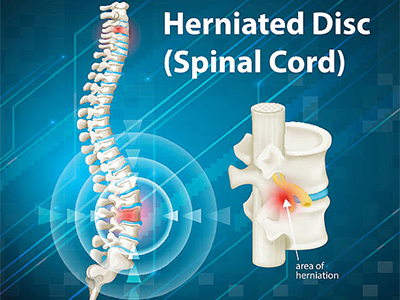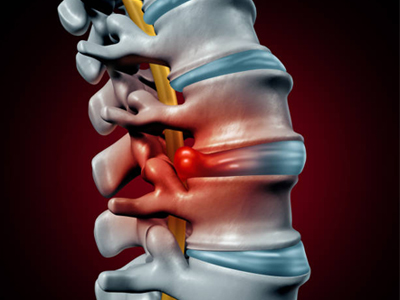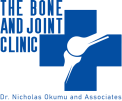Digenerative Disk Disease
Degenerative Disc Disease
Degenerative disc disease is a condition that is commonly misunderstood. A degenerated disc is not actually a disease—it is part of the normal aging of the spine. When a spinal disc degenerates, it loses its ability to function efficiently as part of the spinal joint, which in turn can lead to back pain and possibly pain that radiates through the extremities.
Degenerative Disc Disease Symptoms
Degenerative disc disease most commonly occurs in the cervical spine (neck) or the lumbar spine (lower back), as these areas of the spine undergo the most motion and are most susceptible to wear and tear.
The most indicative symptom of degenerative disc disease is a low-grade, continuous pain around the degenerating disc that occasionally flares up into more severe, potentially disabling pain.
Pain flare-ups can be related to recent activity and abnormal stress on the spine, or they may arise suddenly with no obvious cause. Episodes can last between a few days to several weeks before returning to low levels of pain or temporarily going away entirely.
Other common symptoms of degenerative disc disease include:
- Increased pain with activities that involve bending or twisting the spine, as well as lifting something heavy
- A “giving out” sensation, caused by spinal instability, in which the neck or back feels as if it is unable to provide basic support, and may lock up and make movement feel difficult.
- Muscle tension or muscle spasms, which are common effects of spinal instability. In some cases, a degenerated disc may cause no pain but muscle spasms are severely painful and temporarily debilitating.
- Possible radiating pain that feels sharp, stabbing, or hot. In cases of cervical disc degeneration, this pain is felt in the shoulder, arm, or hand (called a cervical radiculopathy); in cases of lumbar disc degeneration, pain is felt in the hips, buttocks, or down the back of the leg (called a lumbar radiculopathy).
- Increased pain when holding certain positions, such as sitting or standing for extended periods (exacerbating low back pain), or looking down too long at a cell phone or book (worsening neck pain).
- Reduced pain when changing positions frequently, rather than remaining seated or standing for prolonged periods. Likewise, regularly stretching the neck can decrease cervical disc pain, and taking short, frequent walks during the day can decrease lumbar disc pain.
- Decreased pain with certain positions, such as sitting in a reclining position or lying down with a pillow under the knees, or using a pillow that maintains the neck’s natural curvature during sleep.
The amount of chronic pain—referred to as the baseline pain—is quite variable between individuals and can range from almost no pain or just a nagging level of irritation, to severe and disabling pain.
Chronic pain from degenerative disc disease that is severe and completely disabling does happen in some cases, but is relatively rare.



